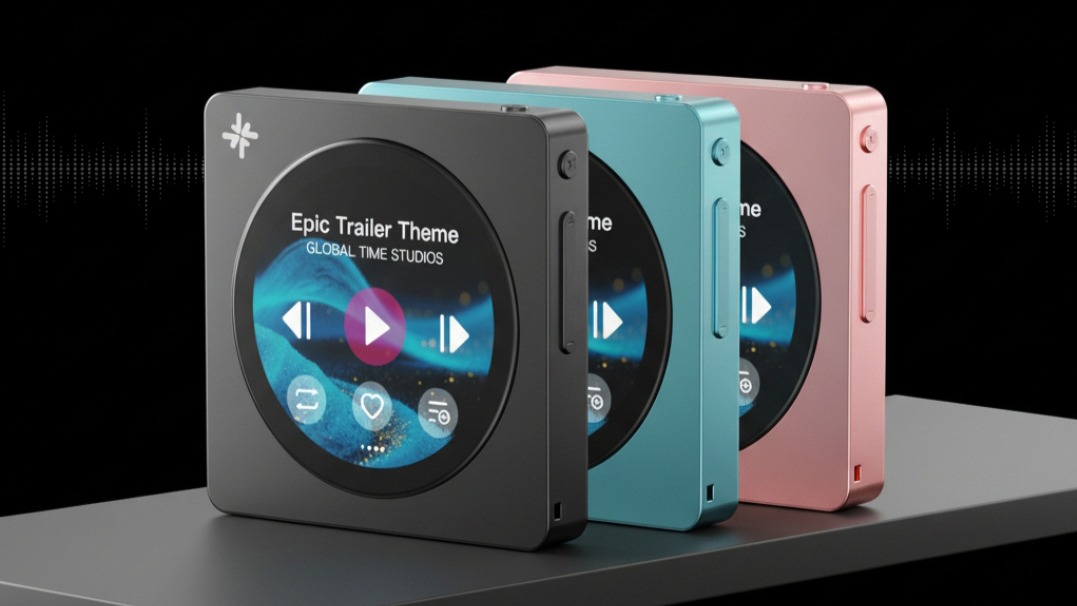What Hi-Fi? Verdict
With an effortlessly beautiful picture, this is home cinema projection at its very finest
Pros
- +
Sublime colour production
- +
Exquisite shading and dark detail
- +
Near-flawless HD upscaling
Cons
- -
Motion could be smoother
Why you can trust What Hi-Fi?
Projectors are rarely where it’s at for the leading edge of home entertainment but the JVC DLA-NZ9 is here to convince us all otherwise. It’s the very top model in the world’s first range of 8K projectors fitted with 48Gbps-rated HDMI 2.1 ports.
That means up to 120fps gaming at 4K resolution (or 60fps at 8K). It also ensures that it’s 8K-movie ready to go and, because it’s right at the top of the JVC D-ILA tree, you can bet your bottom dollar it’s going to boast the kind of picture quality that puts your local multiplex to shame.
Price

The JVC DLA-NZ9 price is £25,400 ($24,999 / AU$38,999) and, mercifully, it goes by the same name the world over (most JVC projectors do not). If you’re surprised that the price looks significantly more reasonable in the States, then do remember that tax is not added on that US price. The JVC DLA-NZ9 does not include a 3D-emitter or 3D glasses, though we suspect this is something few will lament.
Build

You’ll need a large bracket and something very strong to screw it into if you’re planning on ceiling or wall-mounting this 25.3kg projector. You should find that most AV racks are more than equipped to deal with it, though.
At 23 x 50 x 53cm, it differs in size from JVC's entry-level native 4K projector by only about 3cm of added depth. While the impressive-looking vents are on the front of the machine like a set of steel gills, we’d recommend making sure there’s some decent clearance to optimise airflow, even though this laser projector runs remarkably cool as it is.
There are four adjustable feet on the corners to get the picture as straight as possible. There’s also plenty of flexibility in the fully motorised 2x zoom lens, which can shift an impressive 100 per cent in either direction vertically, and 43 per cent horizontally. Ideally, such adjustments should only be used when absolutely necessary as they do have an impact on picture quality.
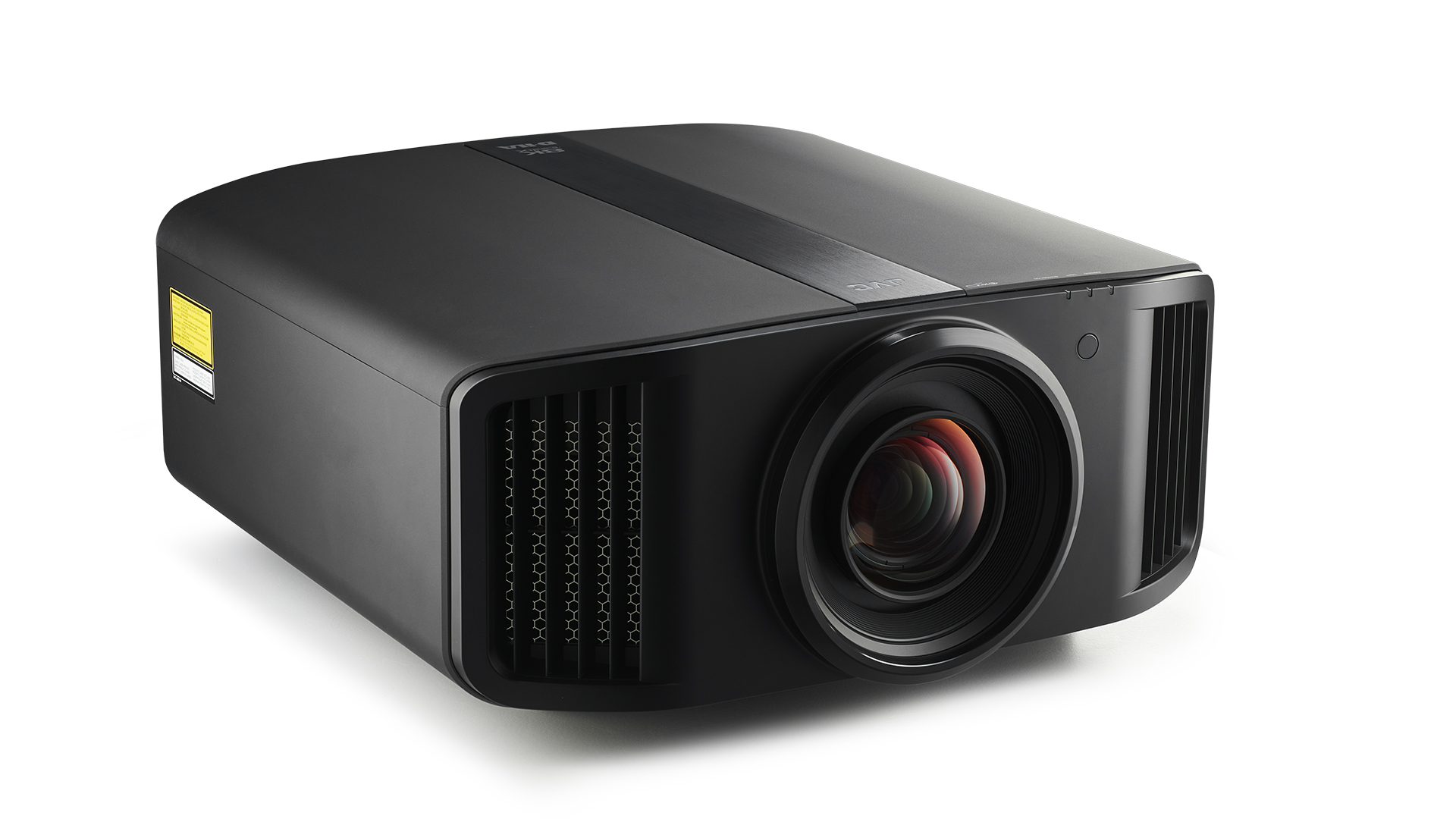
Inputs 2 x HDMI 2.1 (48Gbps, HDCP2.3)
Dimensions (hwd) 23 x 50 x 53cm
Weight 25.3kg
Fan noise 24db (low mode)
Projector panels 3 x 0.69in LCoS
Resolution 4K (native) 8K (e-shift)
HDR formats HLG, HDR10, HDR10+
Luminance 3000 lumens, laser diode
It’s the ultra-high contrast all-glass optics that are one of the key features that separates the NZ9 from the step-down NZ8. Picked off the production line as the very best that JVC produces, they’re assembled into a fully aluminium lens barrel, with a wider lens diameter (100mm compared to 65mm) to achieve a higher optical brightness of 3000 lumens – and all with the promise of minimising colour fringing even when using high lens shift. It’s capable of creating an image of up to 300 inches in size. The NZ8 and other siblings only go as far as 200 inches.
The latest hi-fi, home cinema and tech news, reviews, buying advice and deals, direct to your inbox.
JVC uses its own, proprietary Blu-escent laser diodes as light sources for its NZ7, NZ8 and NZ9 projectors. They are the same as those used in the company’s professional machines. They provide up to 20,000 hours of working life, which is enough to watch 2.5 hours a day for 20 years. More importantly, though, their output can be precision controlled on-the-fly to provide the optimum amount of brightness for each frame. That forms part of JVC’s own dynamic HDR technology, which is key given that the NZ9, like almost all other projectors, does not support Dolby Vision. Interestingly, though, HDR10+ is on board, along with HDR10 and HLG.
As ever, it’s D-ILA projector panel technology that’s at the core of this JVC machine. The NZ9 uses a 3-chip solution of 0.69-inch panels that reflect the red, blue and green light streams to produce a 4K picture.
Features
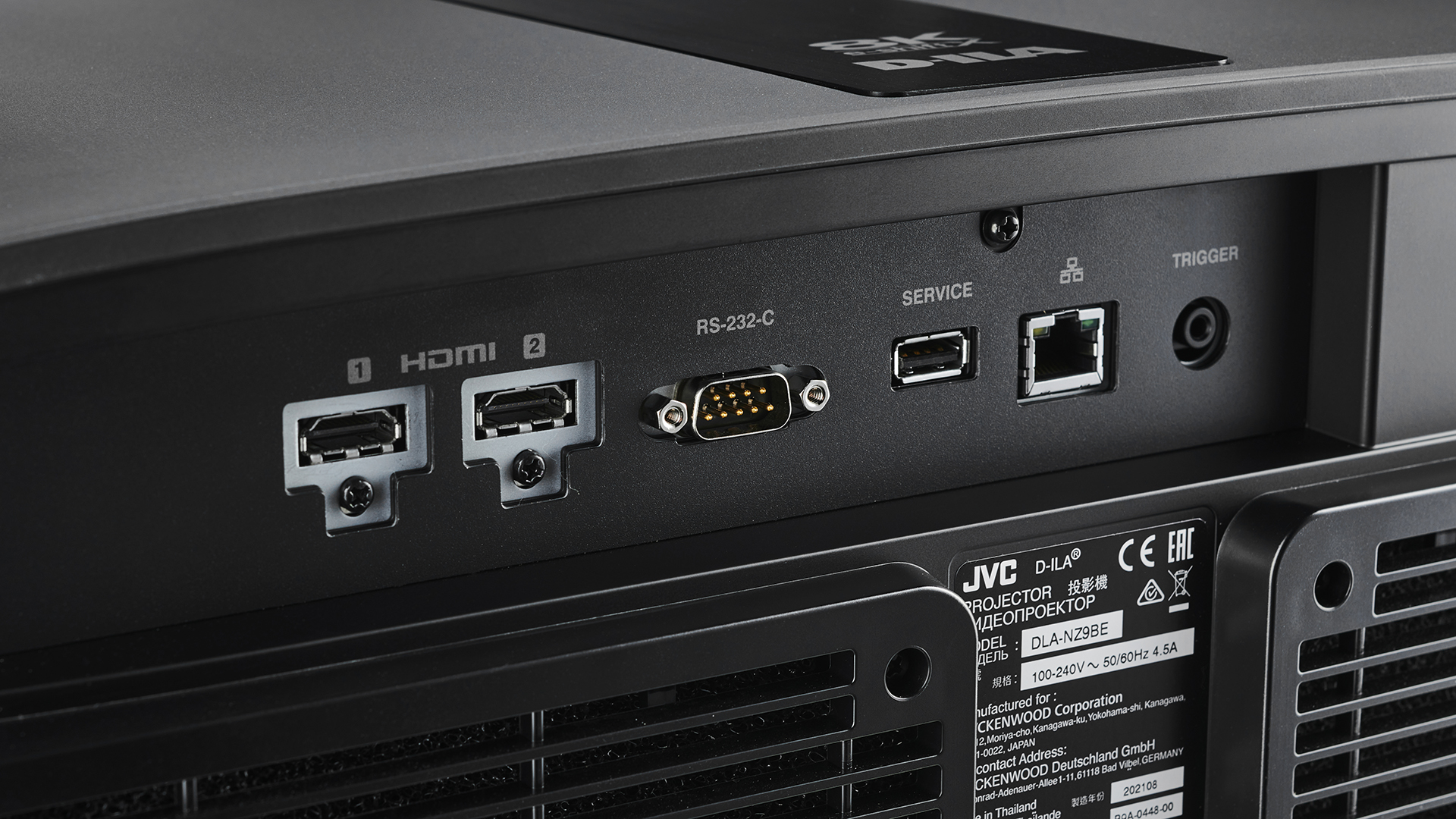
It’s those two 48Gbps HDMI 2.1 sockets that will provide passage for all of the entertainment on this projector. While there’s no recognised VRR or ALLM to go along with the high-res high frame rate abilities, JVC does include its own Low Latency mode, which minimises signal latency to what the company describes as something infinitesimally small.
It’s the 8K potential of these sockets that will appeal to those of a more cinematic bent, though. Like previous JVC D-ILA projectors, the NZ9 has a native 4K resolution and uses the company’s e-shift pixel shifting technology to create the 7680 x 4320 on-screen display when desired.
This isn’t the first time JVC has used the trick. The previous model, the N9 (NX9 in the US) had panels that could move the image rapidly in two diagonal directions by 0.5 pixels to upscale Full HD and 4K pictures to 8K. JVC has taken things one stage further this time with four-direction e-shift where the image moves up, down, left and right with the aim of improving 8K performance.
What’s more, with those new HDMI 2.1 ports, the NZ9 can now receive 8K video inputs too. The problem, of course, is that 8K source material is rather hard to come by. Even what little can be found online on YouTube and other streaming services is inaccessible given that the JVC D-ILA projectors don’t have built-in smart platforms, and consumer HDMI-attachable media streamers don’t output 8K. For the time being, that just leaves users with the option of high-end PCs and whatever 8K demo footage can be found.
The e-shift mode is easy enough to find and control from the JVC menus, which are as clear and straightforward as ever. The relatively small remote is solid enough not to feel cheap and the button to switch on the backlight is coloured with a bright glow-in-the-dark finish. You’ll have no problems with that either.
Picture

It is credit to JVC and testament to just how good this projector is that it’s very difficult to get anything other than an excellent picture performance from the NZ9. There are a few modes and contrast enhancer options to try but the results they produce represent variations in personal taste rather than anything that’s objectively better or worse.
All the same, our advice would be to use the Frame Adapt HDR picture preset to leverage the NZ9’s built-in dynamic HDR technology. Whether the scene is dark, bright, backlit or mixed it never misses the mark during testing.
Watching Rocketman in 4K HDR, the NZ9 impresses in ways that we might expect. Colours are little short of sublime as we see Taron Egerton dress in a selection of Elton John’s flamboyant costumes through the ages. From the multi-coloured chicken outfit that he wore on the Muppet Show in 1977 to the sparkling kit he sported onstage at Dodgers Stadium, he really couldn't look any more fabulous. Everything is so effortlessly blended in tone and hue that you just don’t doubt it for a second.
Once you stop smiling from that realisation, another will hit you: the levels of shading going on here are ridiculously fine. Part of the reason that the picture looks so easy and natural is because of that wonderful control of light, and that’s what brings this projector's real A-game of texture and three-dimensional depth.
In the close-ups, it’s the former that will wow you. The spandex fabric of the orange devil costume in which Egerton narrates the film looks terrific, for example. Step back to the wide shots of the Hollywood hills or even the simple but exquisitely rendered concert hall interior of the Royal Academy of Music and you’ll want to hit pause and spend a few moments just admiring them.
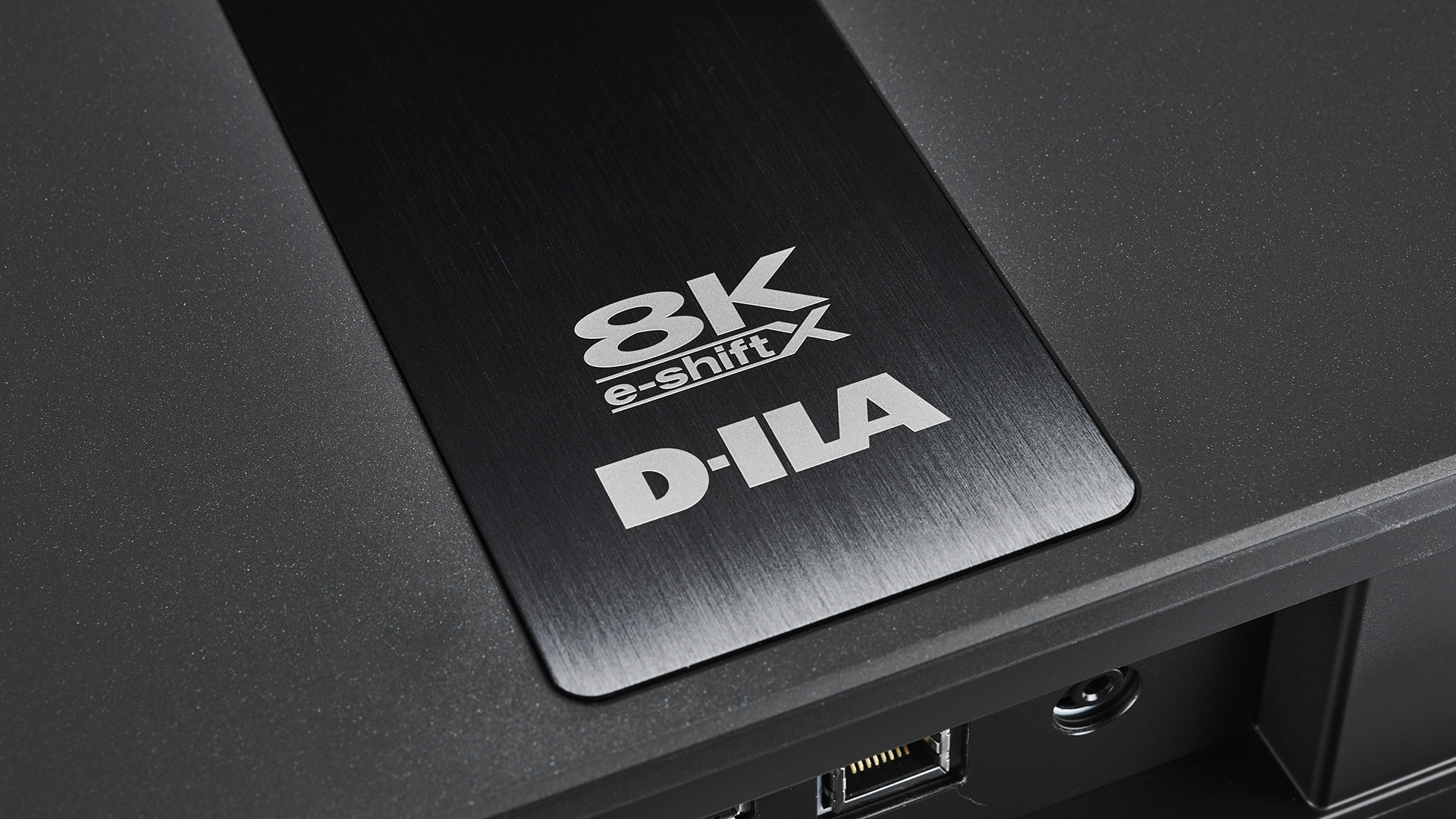
We don’t recall ever seeing a projector with this kind of skill. It feels so transparent and faithful to what’s on the disc that there are moments when we start to wonder whether we need to upgrade to a bigger and better reference projector screen. Two hundred inches should do it.
The NZ9 may not quite rival an OLED TV for the intensity of black that it produces but it’s not far away. More to the point, you won’t find many top-end TVs that can handle dark detail quite as expertly. It makes Richard Madden’s midnight navy velvet jacket in Rocketman look weighty and soft, and his deep charcoal pin-stripe wool suit appear expensive and just a little bit scratchy too.
It’s virtually the same when we switch to SDR and enjoy the NZ9’s hugely impressive job of upscaling Captain America: The Winter Soldier on HD Blu-ray. It makes the night-time hostage mission at sea look far easier to produce than it really is. There’s no haziness or blurring during the fast-paced action – just, again, a thoroughly enjoyable and detailed sequence that’s very difficult to fault.
Sony’s similarly-priced VPL-VW890ES (called the VPL-VW1035ES in the US) delivers just a little more crispness in its 4K and HD images without looking in any way fake, though we still lean towards the JVC for overall picture quality
The Sony has a slightly smoother way with motion processing too, but that’s only because there’s some very occasional motion glitches with the JVC on very specific, fine and difficult to distinguish movement. The very thin wispy smoke against a similarly coloured sky in Blade Runner 2049 is the only time we notice it but we suspect that this is a wrinkle that won’t be difficult to iron out with a small software update.
DVDs and other SD content work perfectly well with the NZ9 too. There’s no need to go manually changing aspect ratios or your player’s video output to get the image to the right shape or size. Zombieland looks better than we’ve ever seen it at this resolution. Sure, it’s soft around the edges but it’s clear and well coloured and frankly puts some of the HD renders we’ve seen on other devices to shame.
Verdict
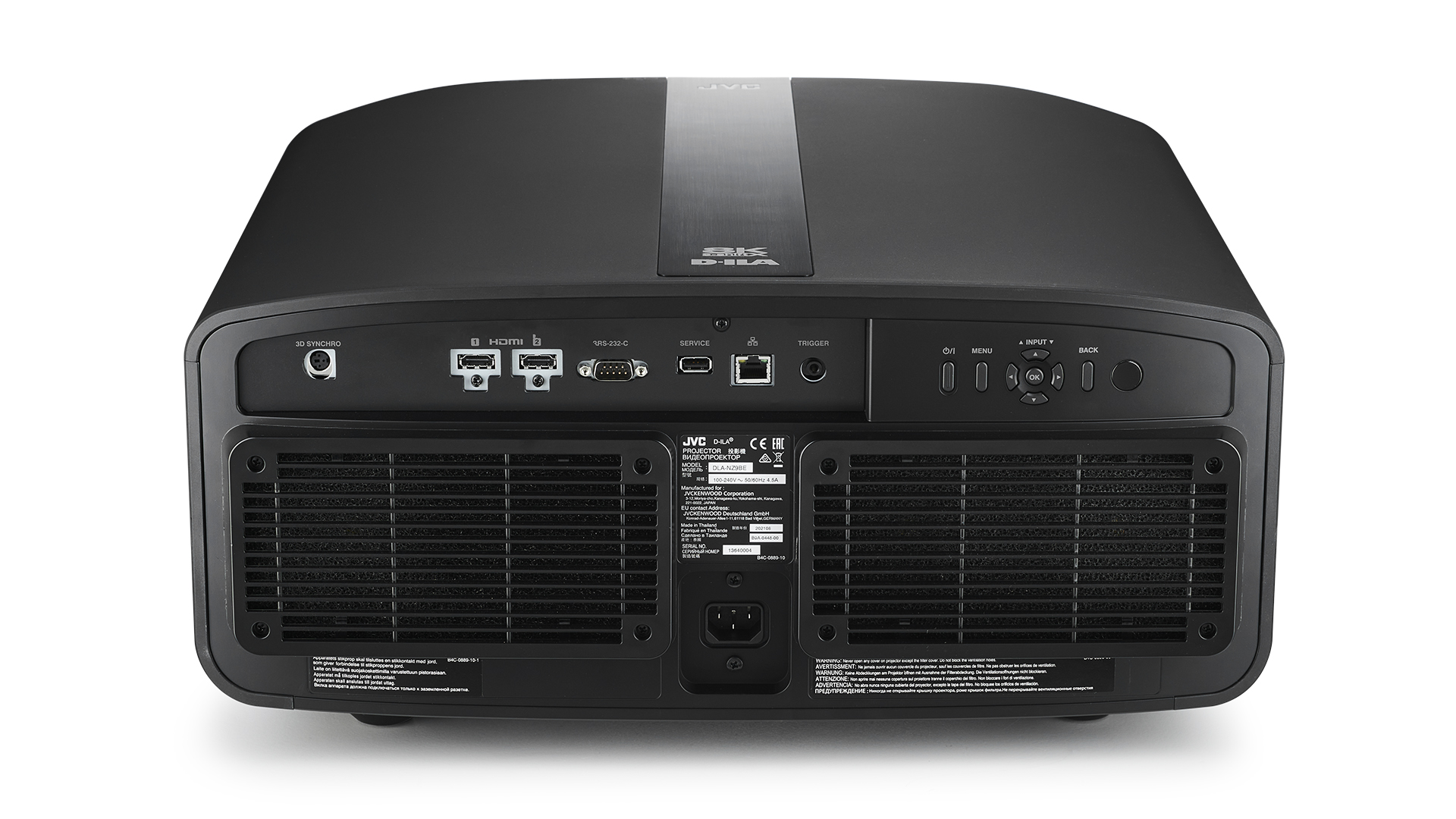
It’s difficult to imagine that anything much better than this projector exists for home cinema right now. Doubtless, when 8K content becomes more accessible, we’ll find new ways to enjoy the performance of this machine. Even now, though, this is home projection at its very best.
SCORES
- Picture 5
- Features 5
- Build 5
MORE:
Read our review of the Sony VPL-VW890ES
Also consider the JVC-Z1
Read our thoughts on JVC's DLA-N5
These are the best home cinema projectors out there
What Hi-Fi?, founded in 1976, is the world's leading independent guide to buying and owning hi-fi and home entertainment products. Our comprehensive tests help you buy the very best for your money, with our advice sections giving you step-by-step information on how to get even more from your music and movies. Everything is tested by our dedicated team of in-house reviewers in our custom-built test rooms in London, Reading and Bath. Our coveted five-star rating and Awards are recognised all over the world as the ultimate seal of approval, so you can buy with absolute confidence.


